Tag Archives: faa
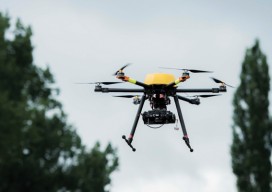
Multicopter Profiles
The eXom, RiCOPTER, Aibot X6, and Trimble ZX5 SenseFly’s eXom Inspection and close-in mapping sUAS I first saw sensFly’s new eXom sUAS at the ILMF conference in Denver early this year. It’s billed as an inspection and close-in mapping platform, and I thought, “Inspection? That’s interesting” and moved on. Turns out the team at senseFly...
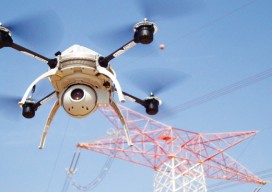
Getting Beyond VLOS
The FAA’s streamlined Section 333 exemption and COA process is welcome, but there’s still a fly in the ointment. While the ongoing FAA Section 333 exemption process is a big step in the right direction for UAS, all operators flying under these exemptions are constrained by the VLOS rule: all flights must be conducted within...
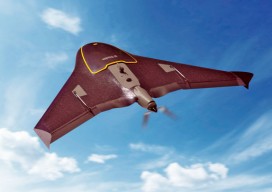
How FAA Exemptions Work for Commercial Operation of sUAS
How They Work for Commercial Operation of sUAS On February 15, 2015, the Federal Aviation Administration (FAA) published a Notice of Proposed Rulemaking, which proposes to enact part 107 of the Code of Federal Regulations. Specifically, the rulemaking proposes operating requirements to allow small unmanned aircraft systems (sUAS) to operate for non-hobby or non-recreational purposes....
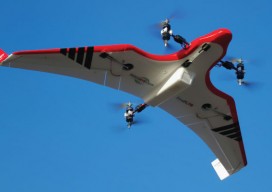
UAS Coalitions
Above: Hybrid multirotors such as the FireFly 6 are offering solutions to common problems, allowing automated takeoff and landing along with waypoint flight control. Credit: Jon Barnes, Bajora Media. What are they doing for the UAS industry? Being an entrepreneur is a lot like being a surfer. You need a surfboard and access to...
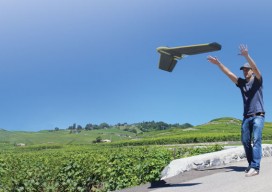
Legal UAS
Until the final FAA rules are in place for UAS incorporation in national airspace, the Section 333 exemption petition process is the only way to legally fly UAS for commercial applications in the United States. In late 2014, Government Accounting Office (GAO) stated, “The consensus of opinion is the integration of unmanned systems will likely...
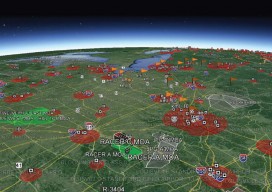
COAs from an Operational Applicant’s Perspective
Above picture: As COAs cross different airspace types, more coordination is required for the FAA to allows safe UAS operations in the National Airspace. By now, most everyone reading this has at least some understanding of the potential benefits an unmanned aircraft system (UAS) has on their industry. I have read publications that mention that precision...
